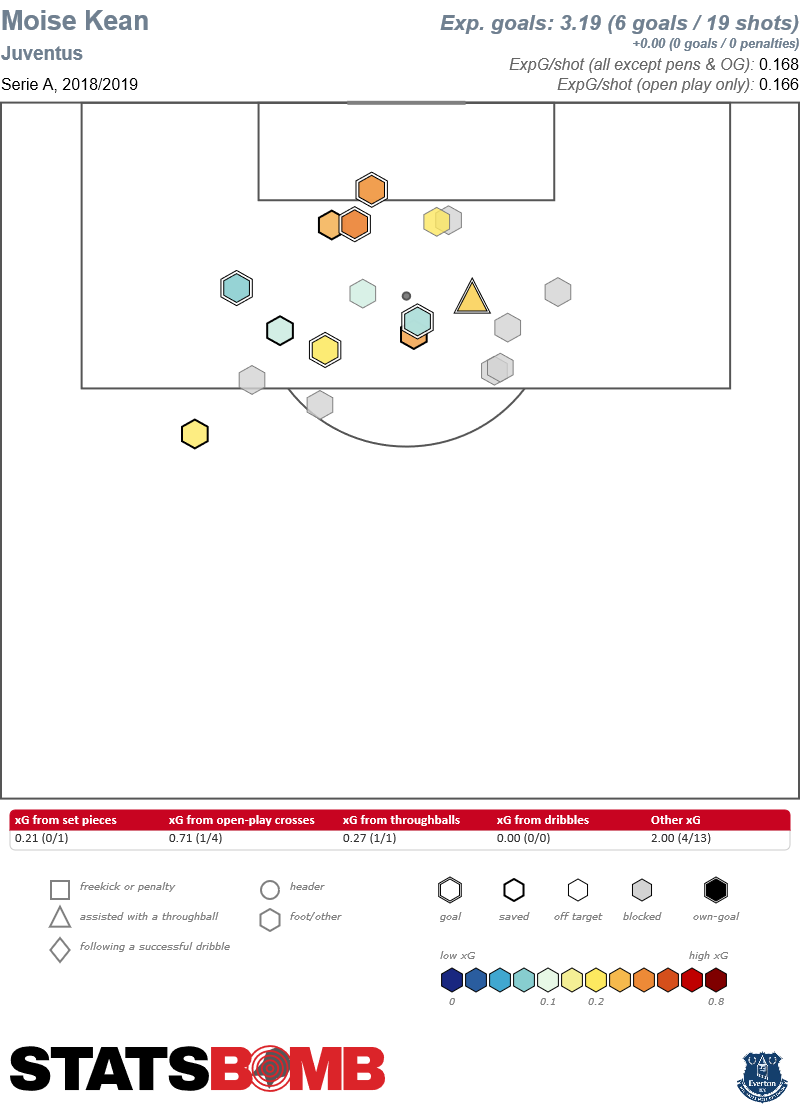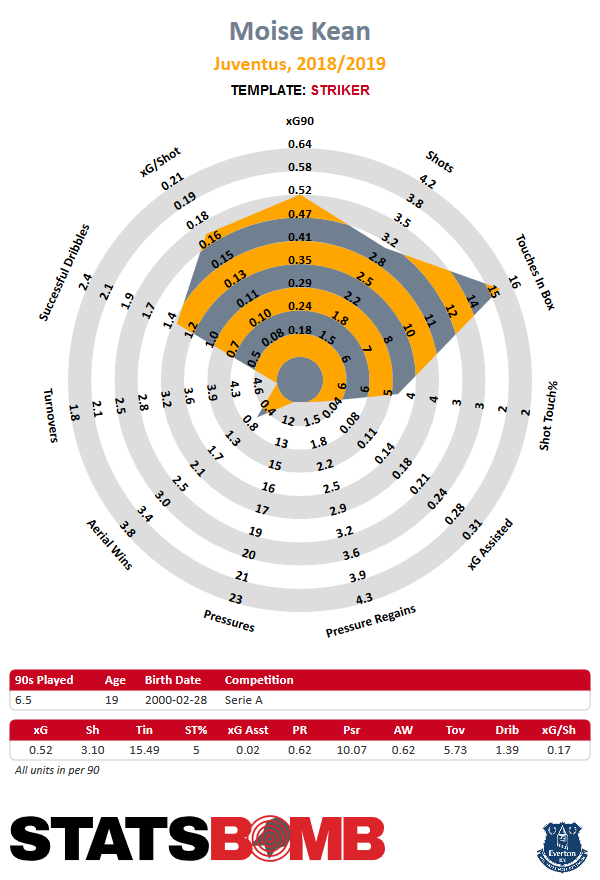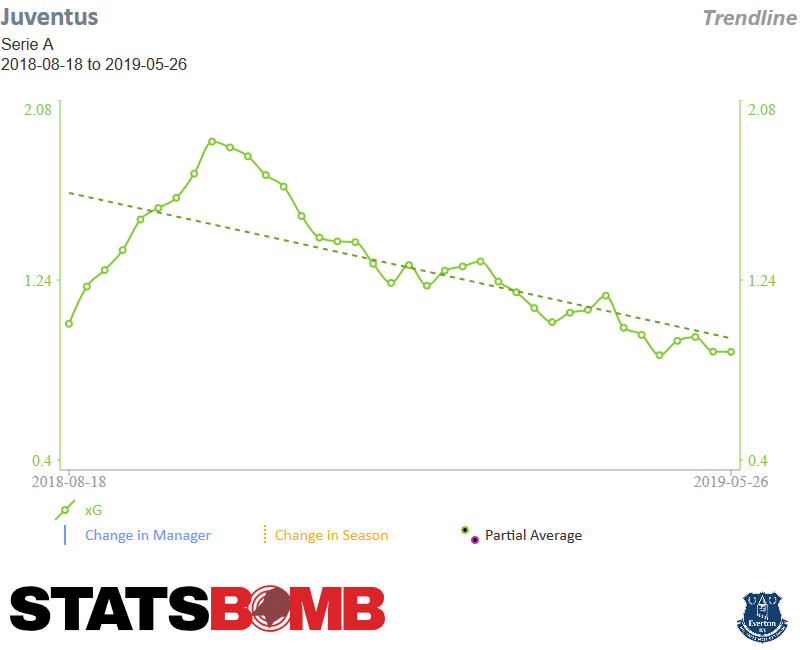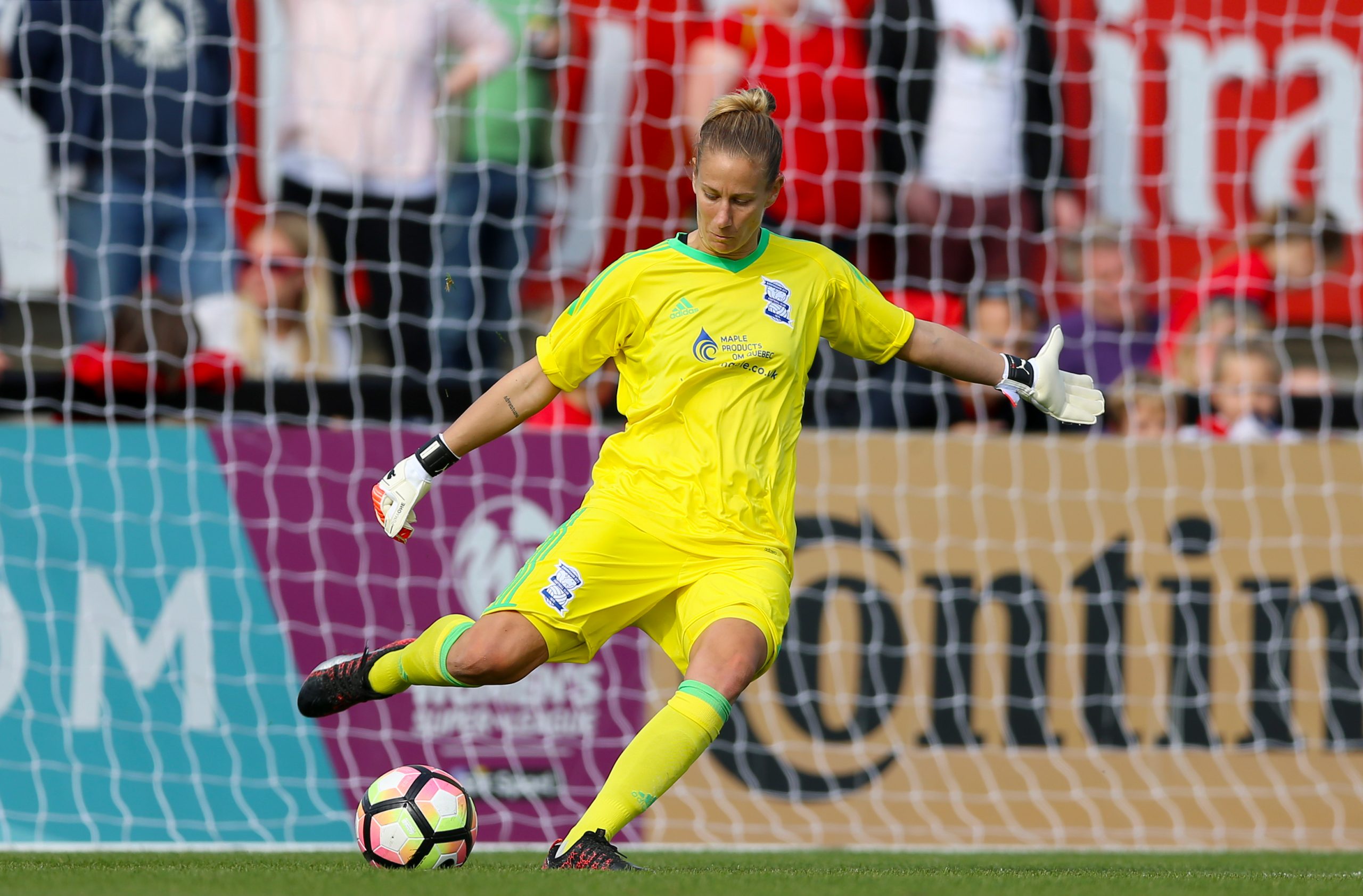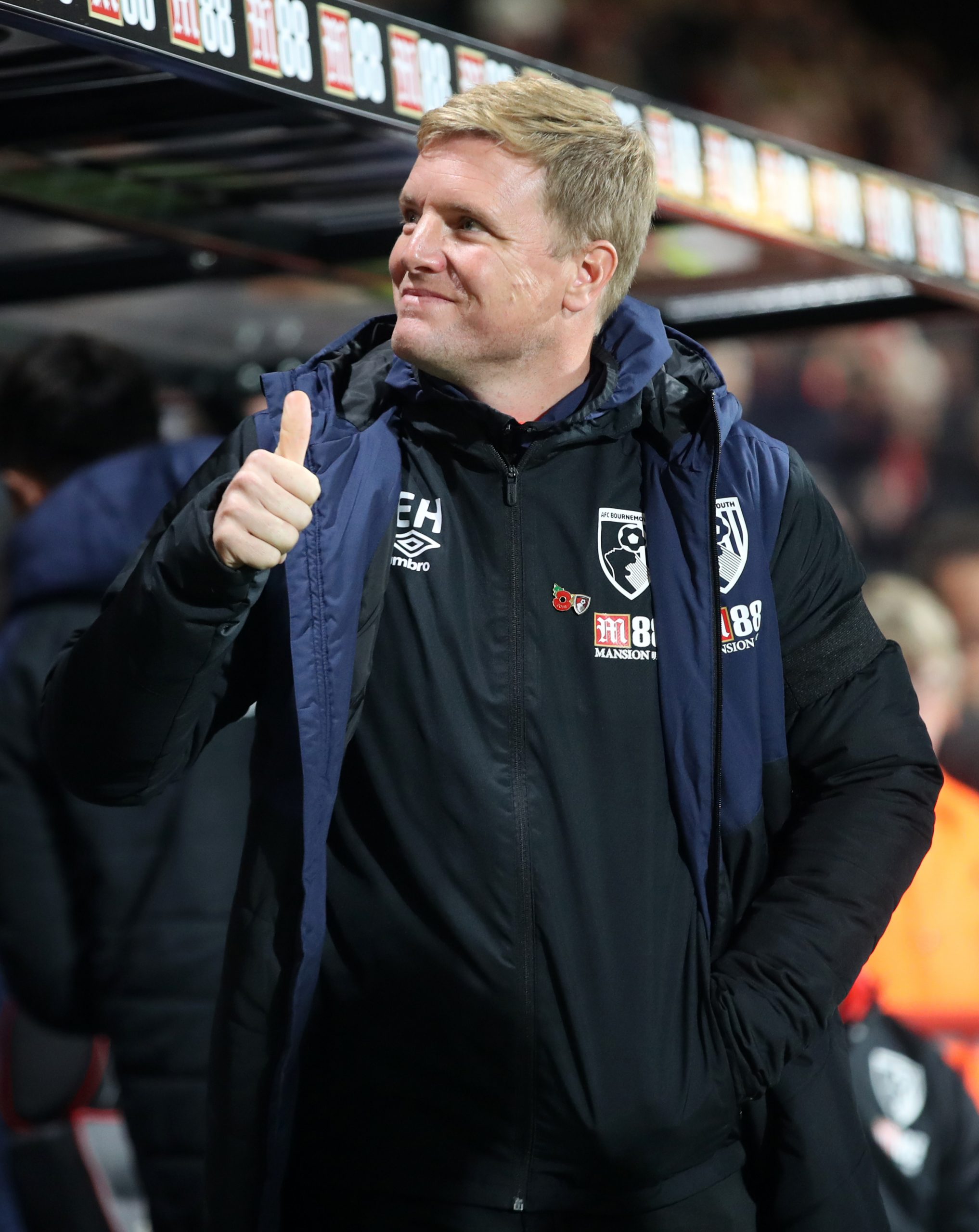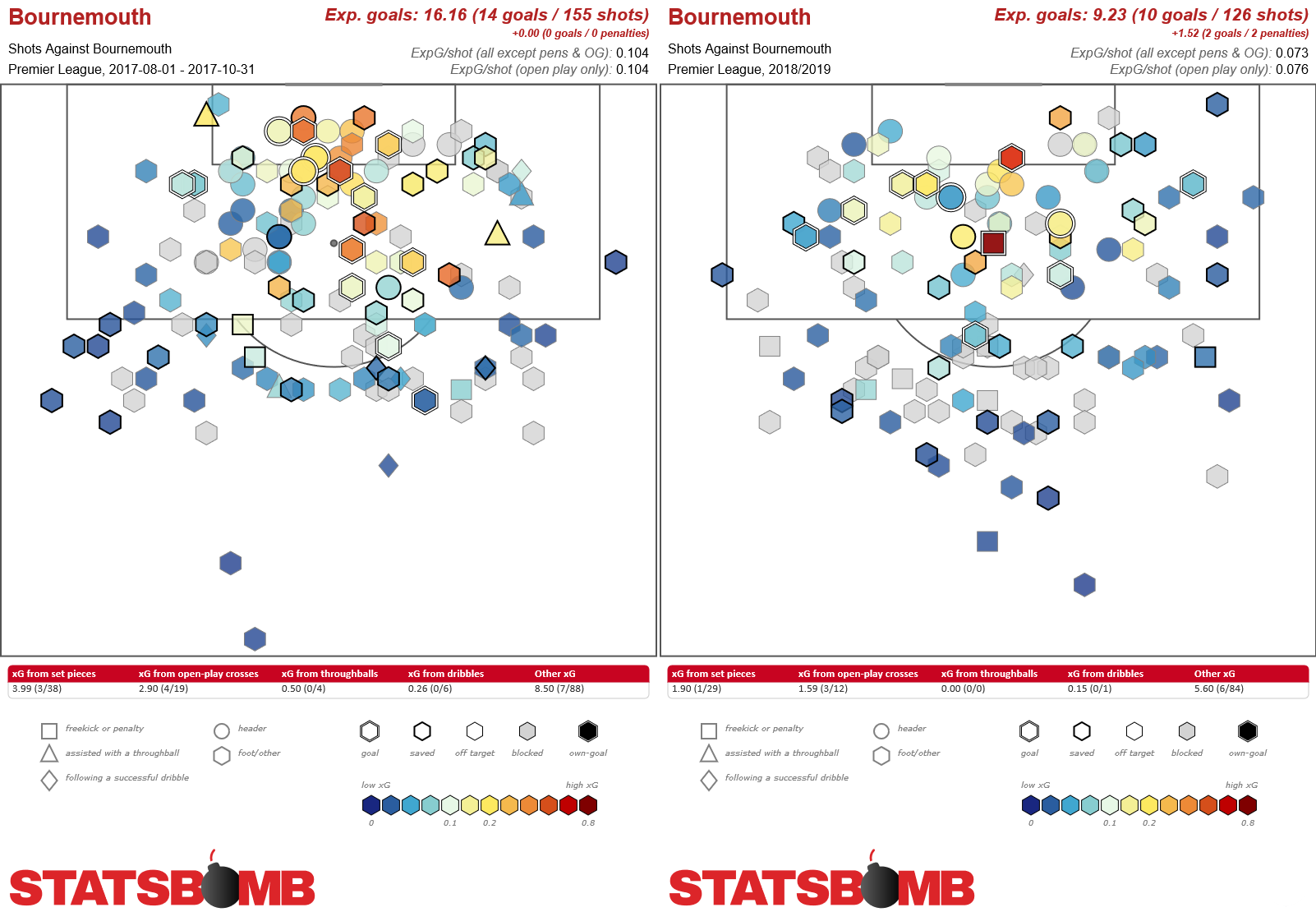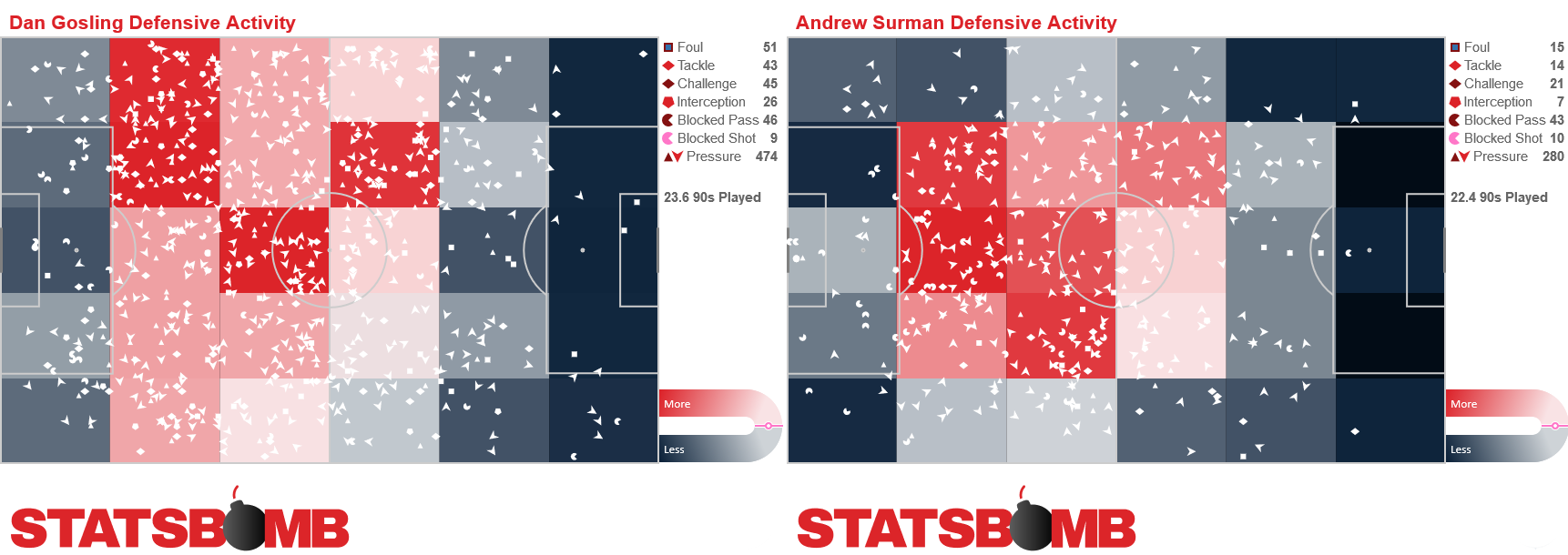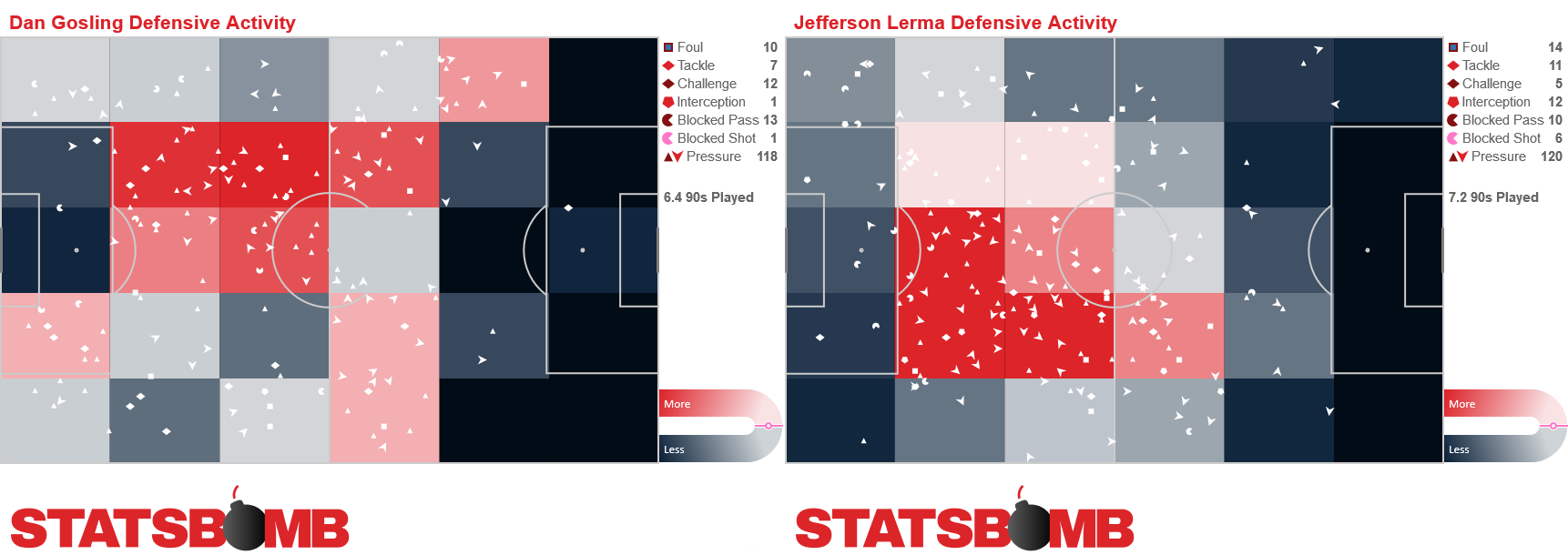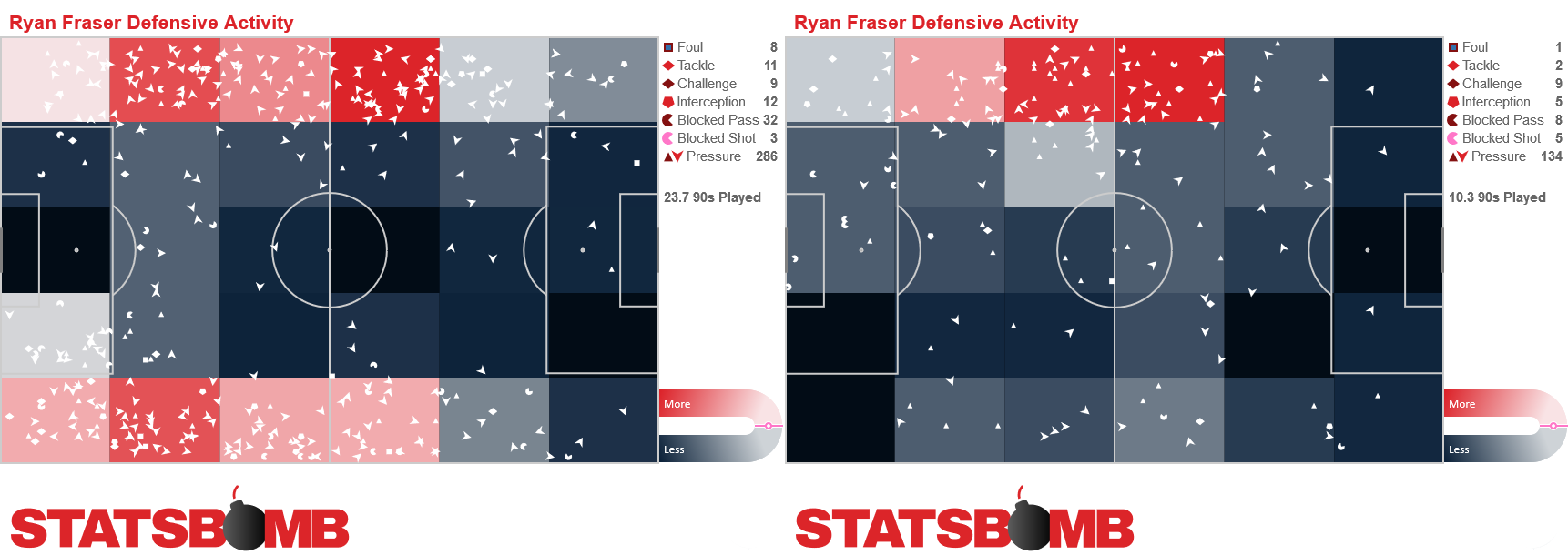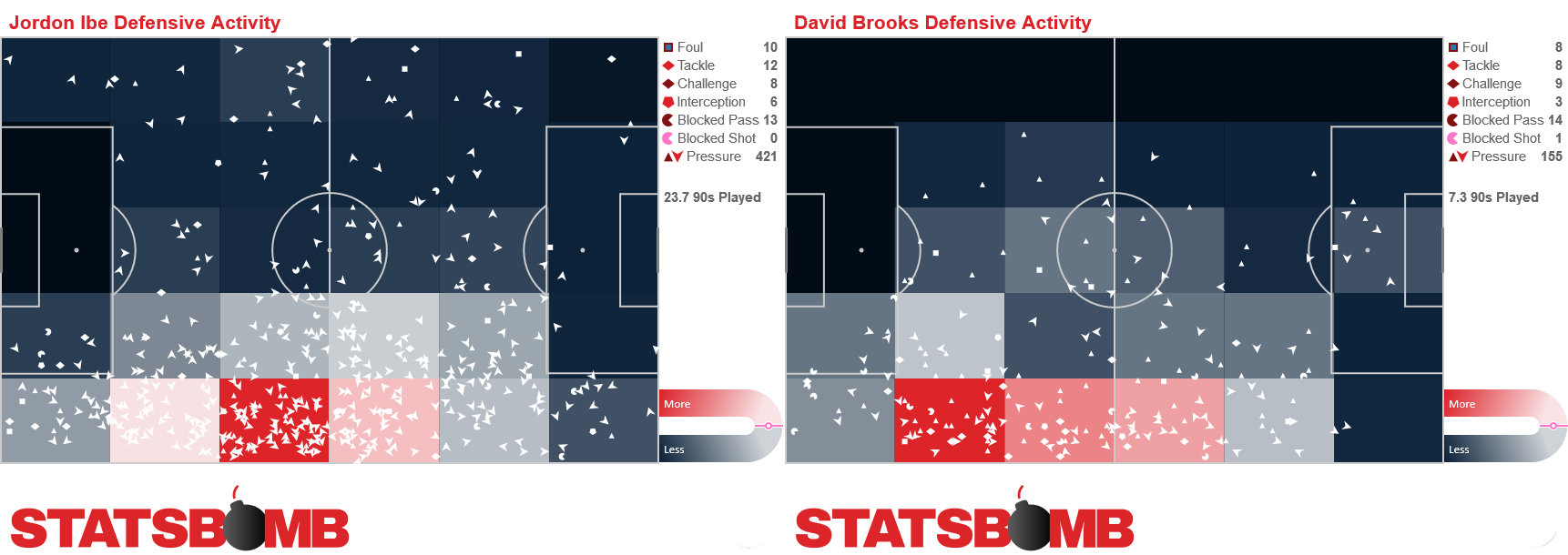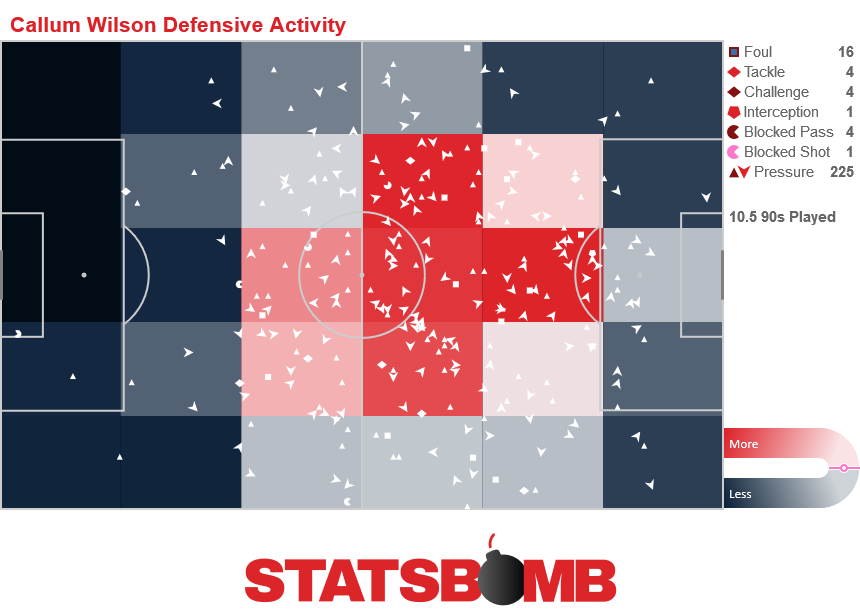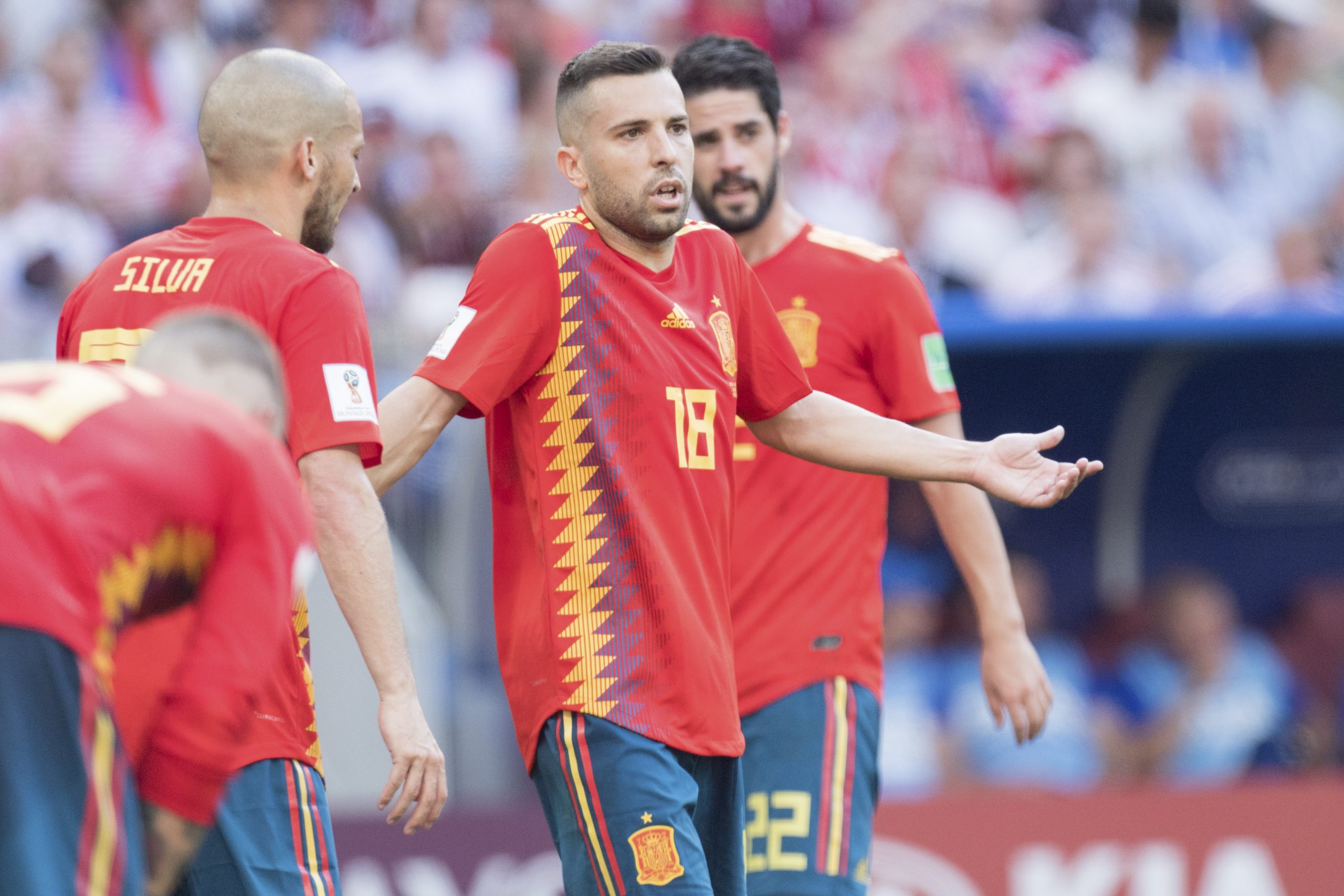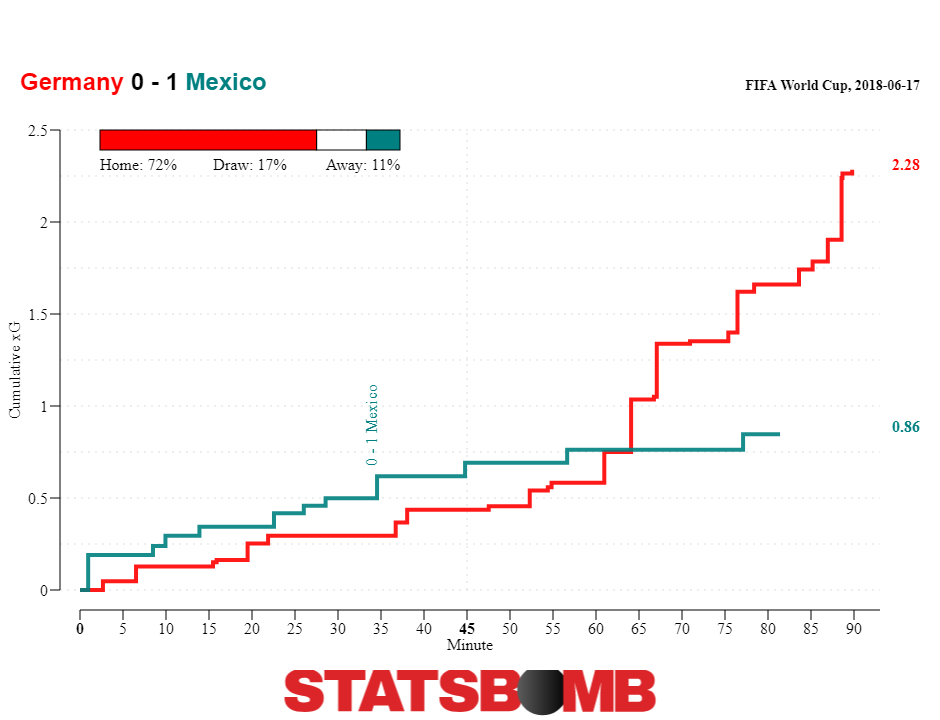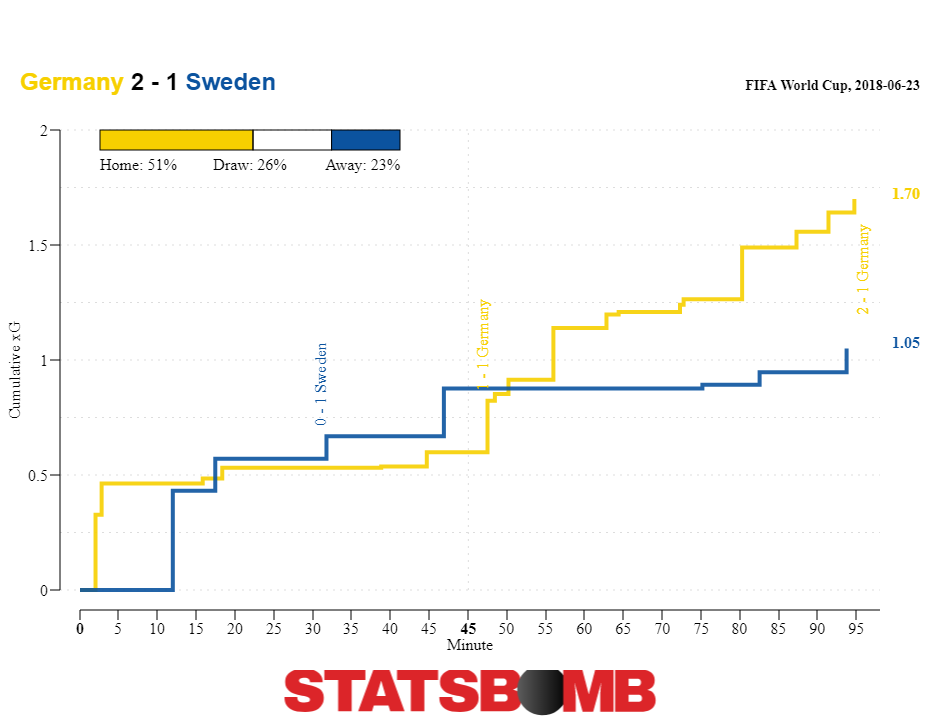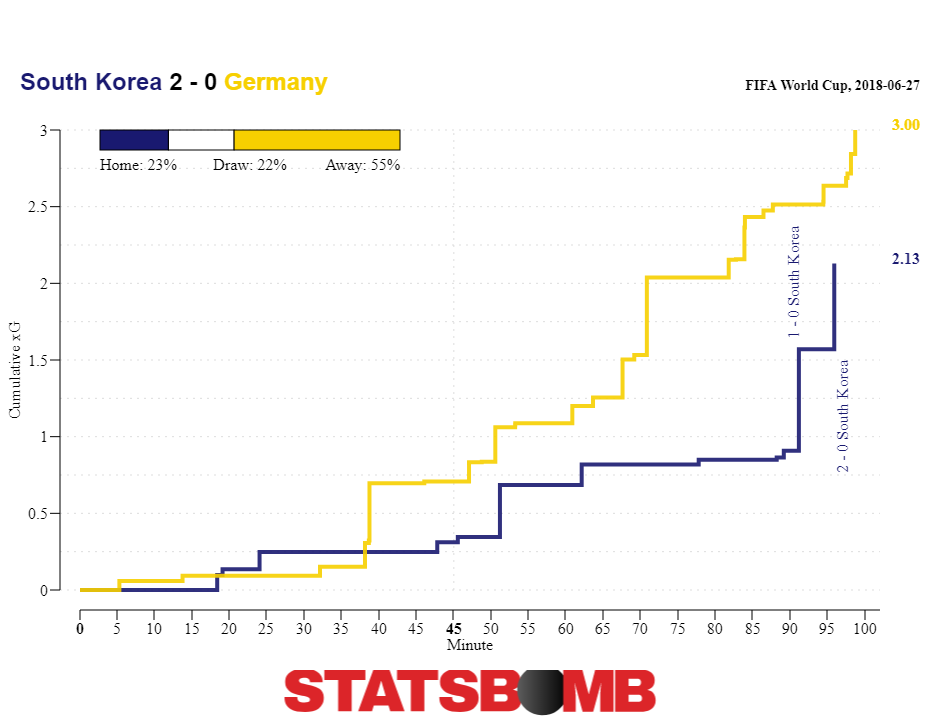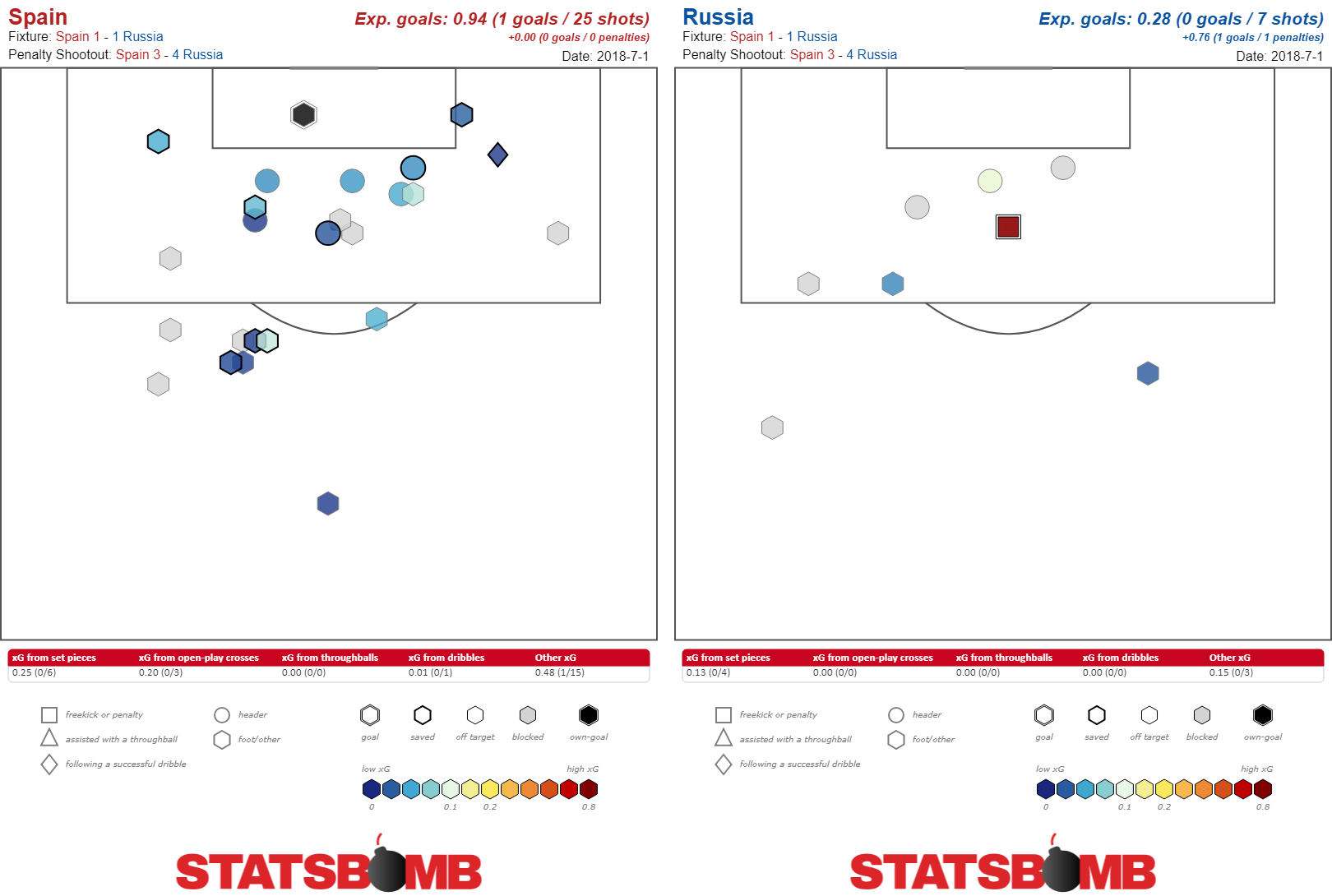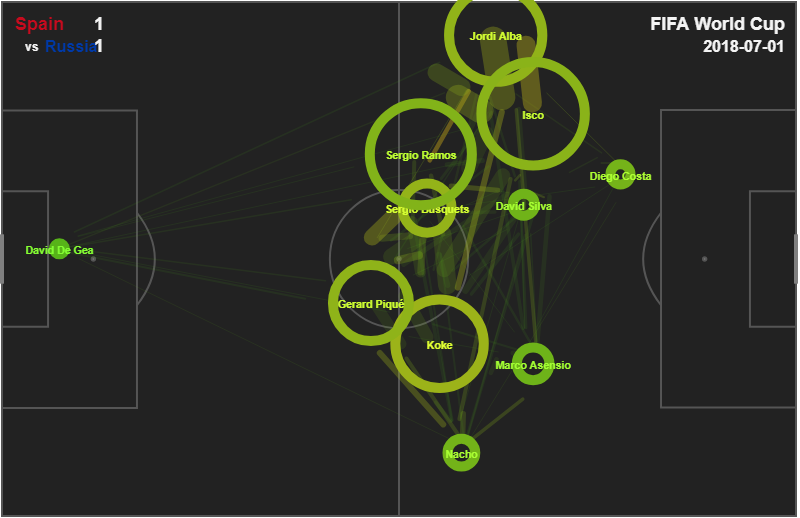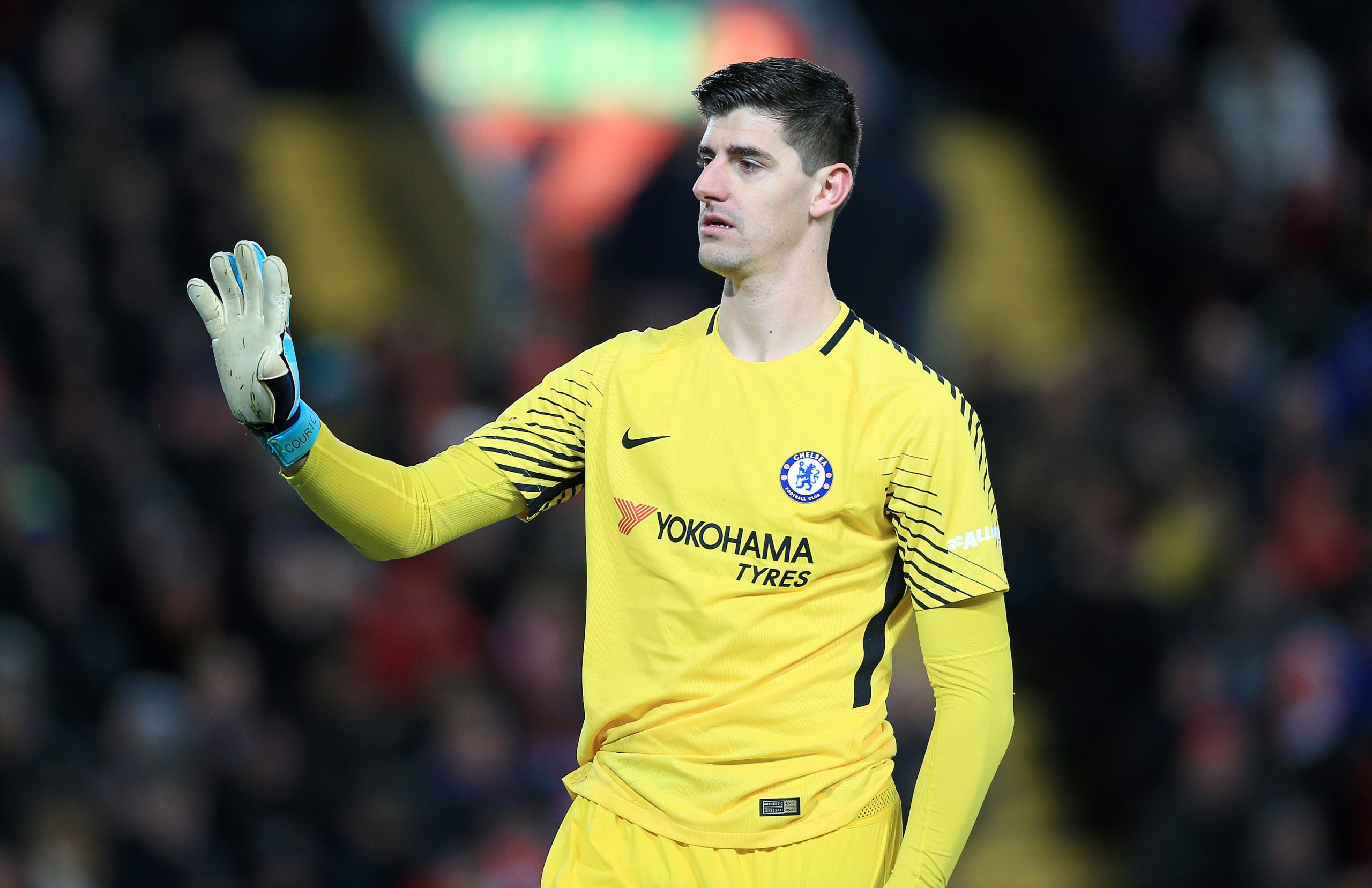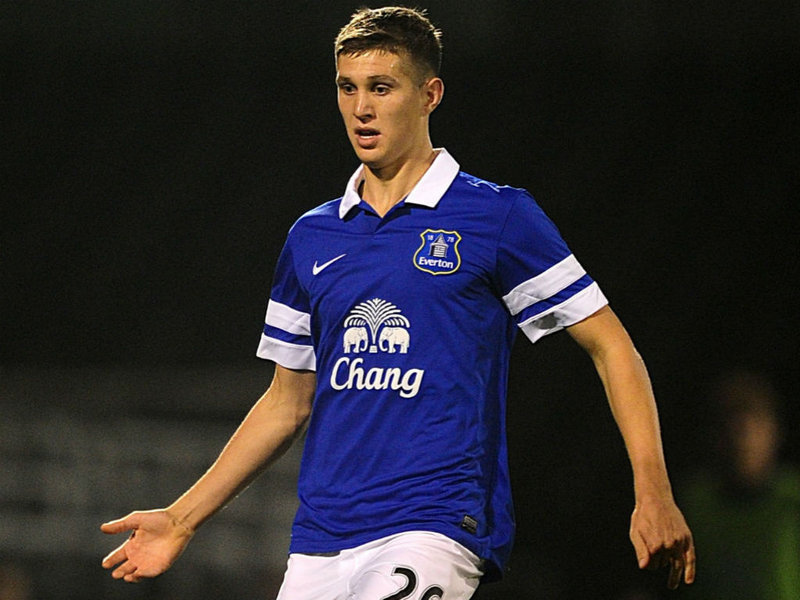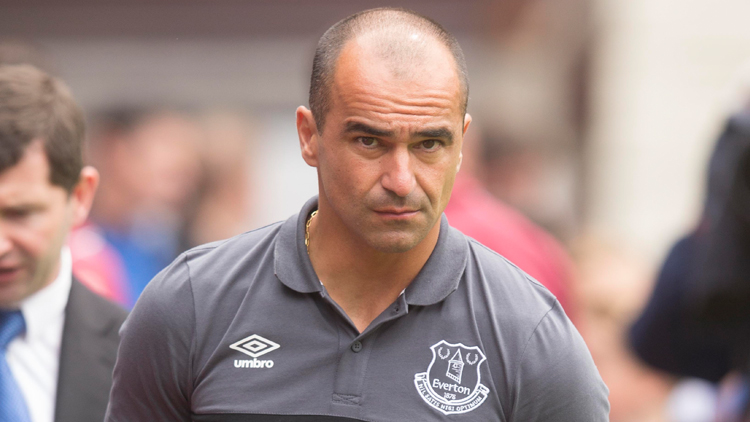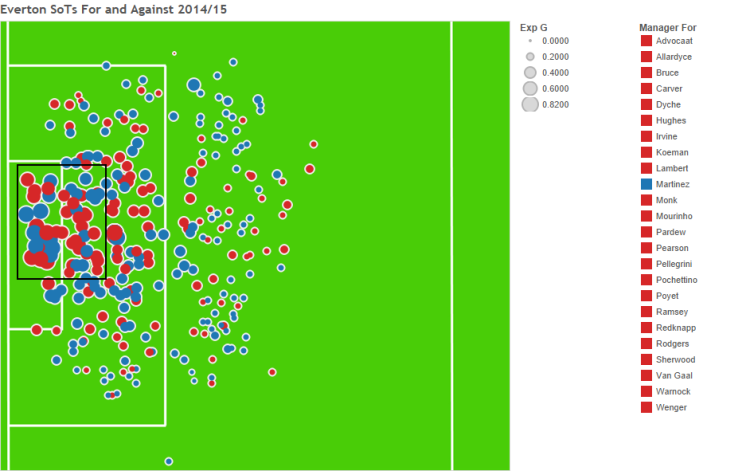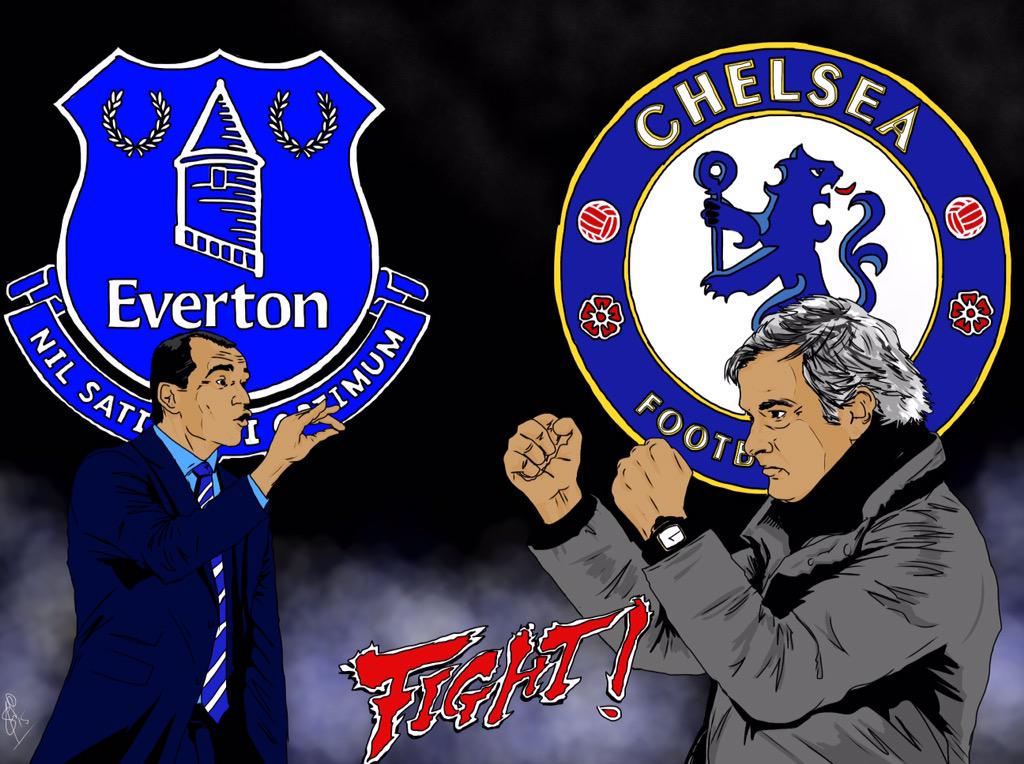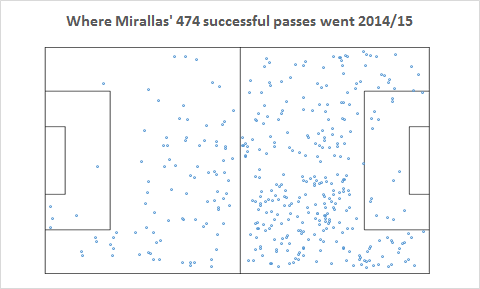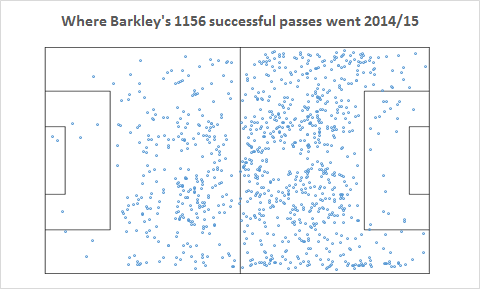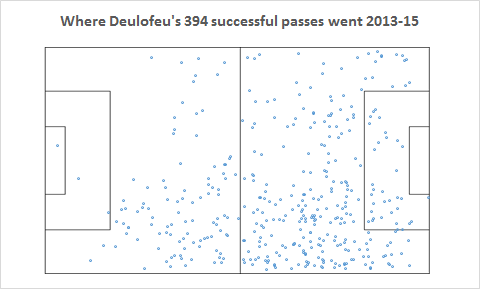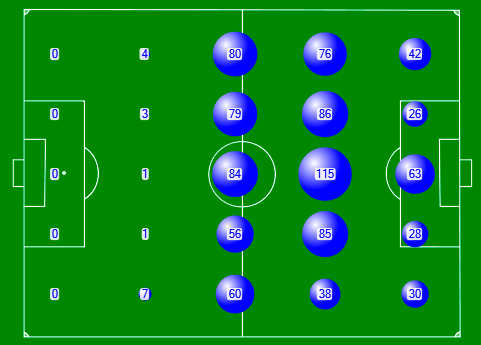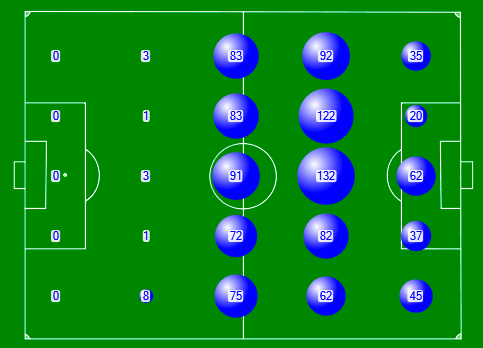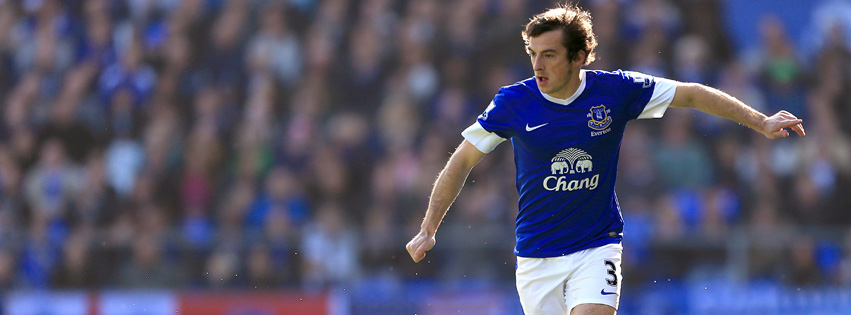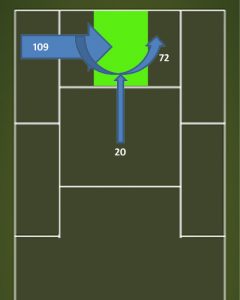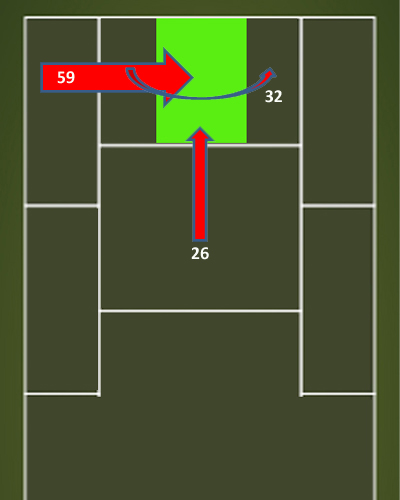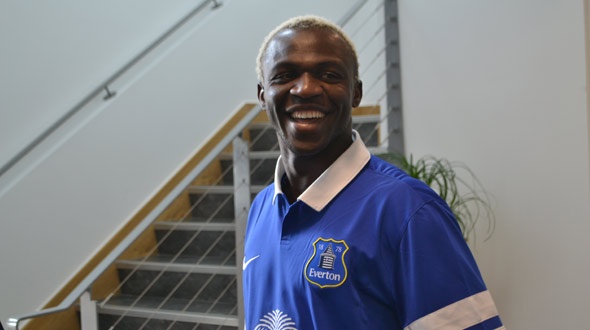Back in 2012, spurred on by my wife and a friend who out of boredom at work deliberately sparked daily debate with his outlandish football takes, I started blogging about football and using data to answer the questions it poses. Fast forward six years and what started as a mess about has become seriously surreal.
Twitter gets its fair share of criticism, but it’s enabled me personally to reach crazy great people. At first it was all about volume of traffic and gaining new followers. Soon, it became about more than that. I was invited back to my home town to visit Bolton Wanderers’ Head of Analytical Development, invited by the Scouting and Recruitment Co-ordinator of my beloved Everton to speak with him at Finch Farm. It’s still bonkers to me that people in the professional game speak to me, read some of the words I’ve written and listened to some of the words I speak. Following my StatsBomb come back in August the Swedish national team goalkeeping coach messaged me wanting to chat.
There’s a feeling that the new generation of football club analysts and coaches, routinely more formally educated than their predecessors, are embracing new ways of communicating their ideas about the game. Maths Elfvendal is definitely one of these guys.
“Wherever you’re working you need to be good in a lot of areas to be a good coach these days," says Elfvendal, “but especially the bigger the club or the bigger the national side. It’s getting complex. You need to handle the social relationships. With the national team you have one, two, three goalkeepers who think they should be playing. You need to handle them with care – both individually and as a group.”
Elfvendal has been a semi-professional footballer in Sweden. His father was goalkeeping coach for the Swedish U21 team, and coached in the Swedish top flight while Maths grew up looking on. Now the boy is grown up and goalkeeping coach for both IFK Norrköping and the national team. Elfvendal is still only 31 years old but has somehow also managed to fit in 5 and a half years of university - learning to be a secondary teacher in social studies. He sees his educational experience every bit as important as his footballing background: “I adapt myself to the goalkeeper I have. I speak to every goalkeeper in a different way. In one way I have those years learning how to teach. In another way I have years of experience in the dressing room and hear what footballers say. I need to adapt.”
The concept of adaptation comes up repeatedly in our two hour chat. Elfvendal believes the new wave of technology and information available now is changing the game rapidly. It’s a matter of keeping up and developing your own philosophy or being left behind. “I’ve been reading your blog and it’s helped me a lot to build my own philosophy, both from statistics and also experiences with goalkeeper coaches and players,” says Elfvendal casually. I nearly choke on my cup of tea. “A lot of football experience can be short-cut these days. With all the information we have you can gain the necessary experience and knowledge of the game much faster now.”
I have to admit, despite being flattered by Elfvendal’s comments I’m still a ‘football philosophy’ sceptic. If you have three keepers to look after with the national team and they’re all different how do you approach a training session they’re all involved in? “That’s interesting. They are different, definitely.” he says. “Physically, technically. They also play in different leagues. On international duty the standard is only three training sessions before a game. For me, to believe I can change them technically in that space of time and for them to then perform at their best would be naive. With the national team my training sessions are based on tactical aspects for the next game, for the next opponent. In that sense it’s easier. How do we want to build up our play, how do we need to protect the area from crosses or from cutbacks. These positional changes we can change a little bit. It’s more based on the game plan so the whole team is on the same page. At a club there’s more time to work on technical detail. Also, you have to respect that the clubs own the players, we just borrow them for the national team. I don’t want to change anything that will negatively impact them when they go back to their clubs. I don’t want to say something when the coach at their club says otherwise.”
The teacher is eager to test me using some of the presentation slides he uses when delivering lectures to other coaches. “What position do you prefer the goalkeeper to take up?” he says flicking up a still of an attacking situation. The goalkeeper has been removed from the image. “See the positions marked there? One, two, three, four, five. I want you to tell me in 5 seconds what position you want the goalkeeper in.”
“One or two?” My answer is more of a question.
“Yes, thanks, next!” barks Elfvendal. “One, two, three, four, five?”
“Two?”
We go through a couple more before this bomb is dropped on me:
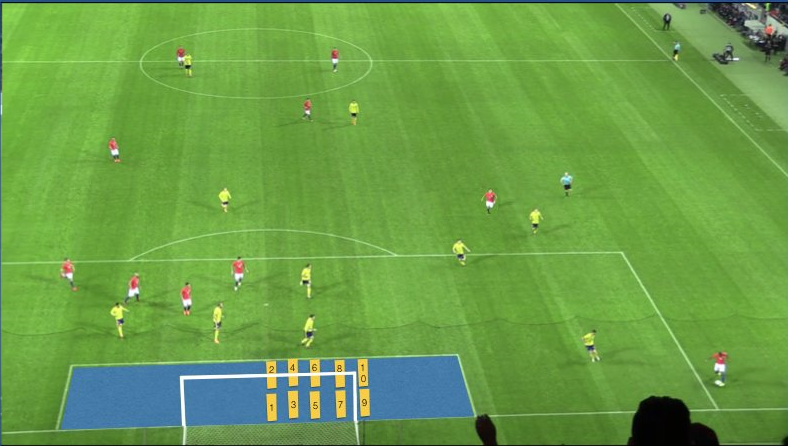
I take longer than 5 seconds. “Er, five? I feel worried now, Maths.” He laughs at me.
I start bleating: “It depends on your goalkeeper and what you want the team to do I guess.”
“Ah,” he says switching to the next slide. “It’s in Swedish there but it says ‘What information do you need to have to answer the question of what the best position is?’.”
“Are you asking me?”
“Yeah, you taught me one of them so…”
This statement doesn’t help. I start rambling about what your coaching style is (are you leading as coach or are you allowing the player to lead you). Is the keeper good at moving? Can he move his feet?
“Ok, that’s two. Team tactics and goalkeeper style. Four more.”
“Four?!”
"You don’t need to answer, it’s just a fun game.” He sounds disappointed. I try and up my game.
“Ok, so I want to know where my defenders are. Do I want to be aggressive and hit the opposition on the break if I can quickly gather it?”
“That’s still tactics. I don’t have all the answers here…” My brain has gone.
“Tell me what else?”
“Expected goals! What is the expected goal value of a shot from here?”
“Next to nothing."
“Right so what is the expected goal value if he is assisting one of the forwards? He can cross it here. There’s a defensive line four versus two. As a keeper you can either be aggressive and come and get it, say at position 2 or position 4 on the picture.”
I remark that the Premier League I see more and more that keepers are taking up position 7 or even a 9 as if they’re terrified of being beaten on the near post.
“Yeah, you have a big problem there if the header comes.” Elfvendal modifies the picture an adds an extra attacker: “How does your position change now?”
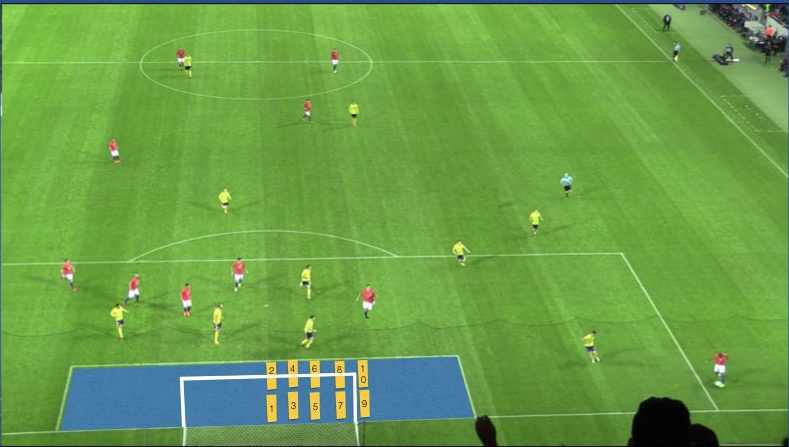
“Possibly between 5 and 7?”
“This is really interesting”, he says. “Do you think if the ball is played into him where the attacker has moved to now, do you have enough reaction time standing on his line?”
“Yes.”
“Yep. So if the ball is played in front of him to five and a half metres…ah…to the six yard line, I am talking to an Englishman now. Do you think you have reaction time?”
Elfvendal is well aware of my comfort zone preferences. He’s fishing. Images of David De Gea saves flash through my mind. I take the bait: “Yes.”
“I think you overestimate a little bit,” he laughs. “From my point of view you will have difficulty reacting in a good way from there. A guy called Scott Peterson is doing some science about this. What’s the likelihood of saving the ball depending on the distance between the ball and the goalkeeper? Imagine you are in position 8. You will be one to two metres away from the striker, less reaction time but close enough to block the sight of the whole goal with your body. Back on your line you have more time and reach but are not covering so much goal. Also Scott’s research shows that the conversion rate for a goal when the distance between ball and goalkeeper is 2-7m is significantly higher than any other distance.”
I start protesting about sample size, the possibilities and permutations of what could happen as things stand in the still image. Anything could happen from here. Is Elfvendal teaching physical cues? He flicks another image on screen. “I showed this to one of the participants on my course,” he says.
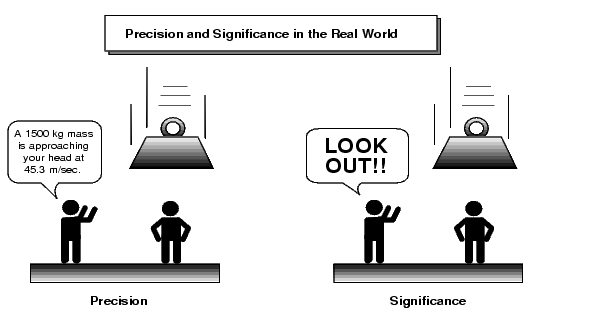
Yeah, by the way, Elfvendal is a course instructor on the UEFA goalkeeping A License. “We’re just looking at the biggest threat,” says the Swede. “From my point of view I’m trying to prevent a high value xG chance here. From position 2 or position 4 I can gather a cross to stop the header every time. I can also move to position 8 quickly if there is a striker coming to the near post like the second picture.” He shows me several video clips of keepers doing just that. Then he shows me another still. Pretty much the same as the first two but the man with the ball is just wider, out near the touchline about 25 yards out.
“What if the keeper is super aggressive? What if he is out like near the penalty spot leaving his goal open? How does the xG change?”
I’m still in stupid mode: “There isn’t enough sample to model it.”
“I was expecting a deeper answer here,” he says sounding disappointed again. He perks up immediately and laughs. “Use your imagination! You can be aggressive here. I showed the goalkeepers, I put them in the position on the ball near the touchline that far out. I stood myself near the penalty spot. Try and score against me guys. Left foot from there, score on me now. They didn’t score a goal I can tell you that. It’s harder than people think. By being higher, you are not risking too much being beaten from there, but you’re helping the team by protecting a higher xG value chance being made from the cross.”
And it dawns on me that right here is the value of theory meeting a real life practitioner. A practitioner influencing real outcomes, taking it to the next level with a logical step. I’ve been looking at this stuff for years, I’ve never even thought of it this way and this guy is here crediting me for the inspiration. “I see all kinds of rubbish on the internet about evidence based coaching,” I say. “This is the real deal.” “Yeah,” says Elfvendal, satisfied.
After two hours, I think the coach is finally happy with me. He’s used every trick in the teacher’s book – serious voice, disappointed voice, gentle mocking, laughter and praise to bring it out of me.
And how do I feel?
In footballers parlance: “I’m buzzing.”
